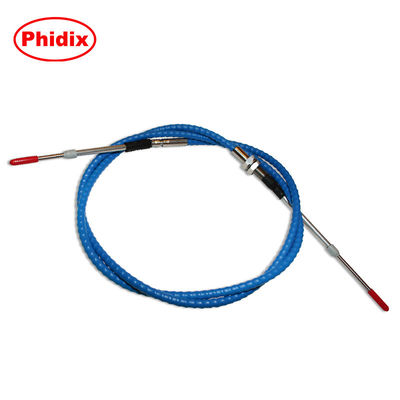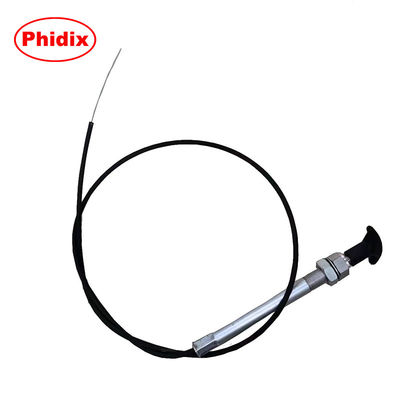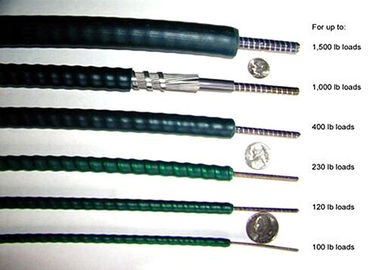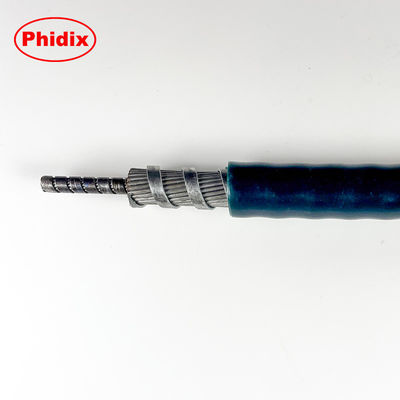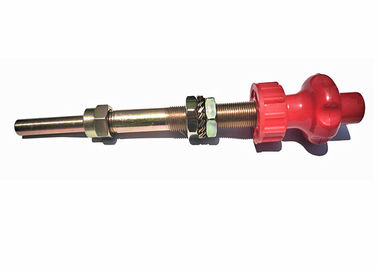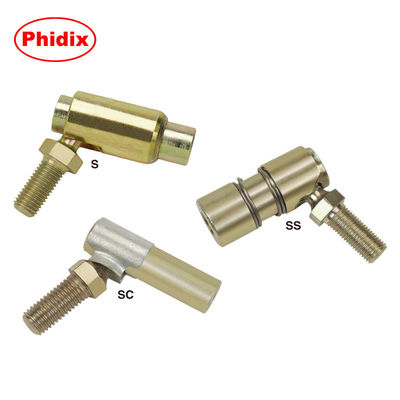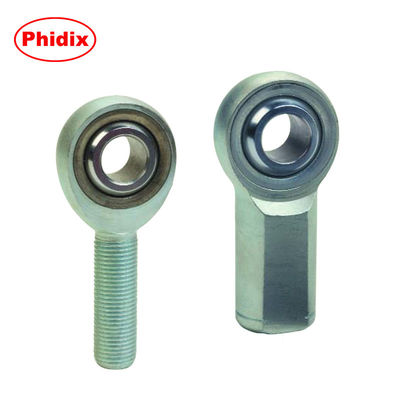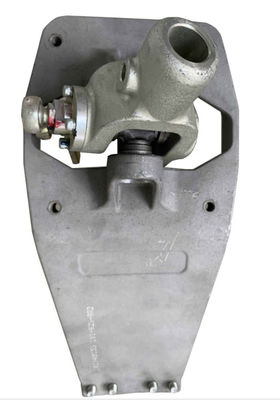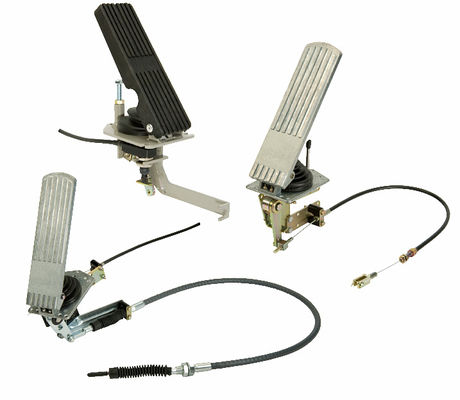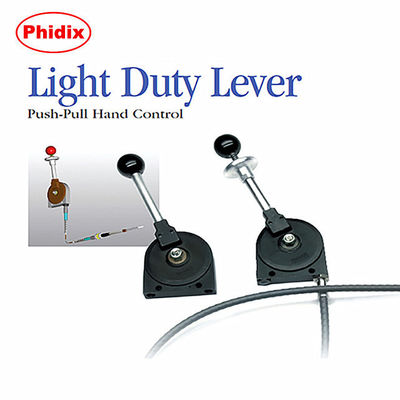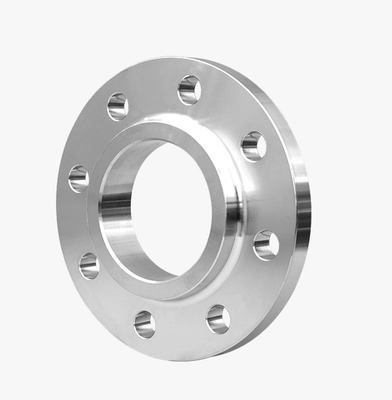1.In high-performance motorsports, precision and reliability are everything. Race cars demand rapid, smooth, and accurate control of various systems under extreme conditions. To achieve this, flexible control shafts—also known as flexible drive cables or control cables—are used extensively. They provide a reliable mechanical link between the driver’s controls and the car’s actuating systems while maintaining flexibility, low friction, and precise torque transmission.
2. Application in race cars
Flexible control shafts are used to transmit rotary or linear motion where rigid linkages would be impractical due to space limitations or vibration. In race cars, they are applied in:
• Gear shift mechanisms – transferring movement from the gear lever to the transmission selector.
• Throttle systems – ensuring smooth acceleration response.
• Brake balance adjustment – allowing the driver to fine-tune front/rear brake distribution.
• Active aerodynamic controls – adjusting wing angles or flaps dynamically during high-speed runs.
Their lightweight construction and durability make them ideal for confined, vibration-heavy environments typical of race car chassis.
3. Working Principle
A flexible control shaft operates on the principle of mechanical motion transmission through a helical wire or multi-layered cable that can bend freely without losing torsional or linear efficiency.
How it works:
•The input end receives rotational or linear motion from the driver’s control (e.g., gear lever or pedal).
•The inner core of the shaft, made of tightly wound steel strands, transmits this motion through its flexible path.
•The outer casing remains stationary, providing a smooth guide and protection against heat, vibration, and debris.
•The output end delivers the same motion to the actuator or mechanism, such as the throttle valve or gearbox selector.
Because of its flexibility, the shaft can be routed around obstacles while maintaining precise mechanical response—critical for compact and high-speed racing designs.
4. Advantages in Racing Applications
•High precision control for throttle and gear shift operations.
•Lightweight design improves vehicle responsiveness.
•Resistant to vibration and heat, ensuring consistent performance.
•Flexible routing, allowing compact and aerodynamic design integration.
•Low maintenance, ideal for demanding race conditions.
5. Conclusion
Flexible control shafts combine the advantages of precision, flexibility, and strength, making them indispensable in race car engineering. By efficiently transmitting motion under high stress, they help deliver the fast, accurate responses drivers depend on to win. As motorsport technology evolves, these components will continue to play a key role in performance, reliability, and innovation.

 Your message must be between 20-3,000 characters!
Your message must be between 20-3,000 characters! Please check your E-mail!
Please check your E-mail!  Your message must be between 20-3,000 characters!
Your message must be between 20-3,000 characters! Please check your E-mail!
Please check your E-mail! 
